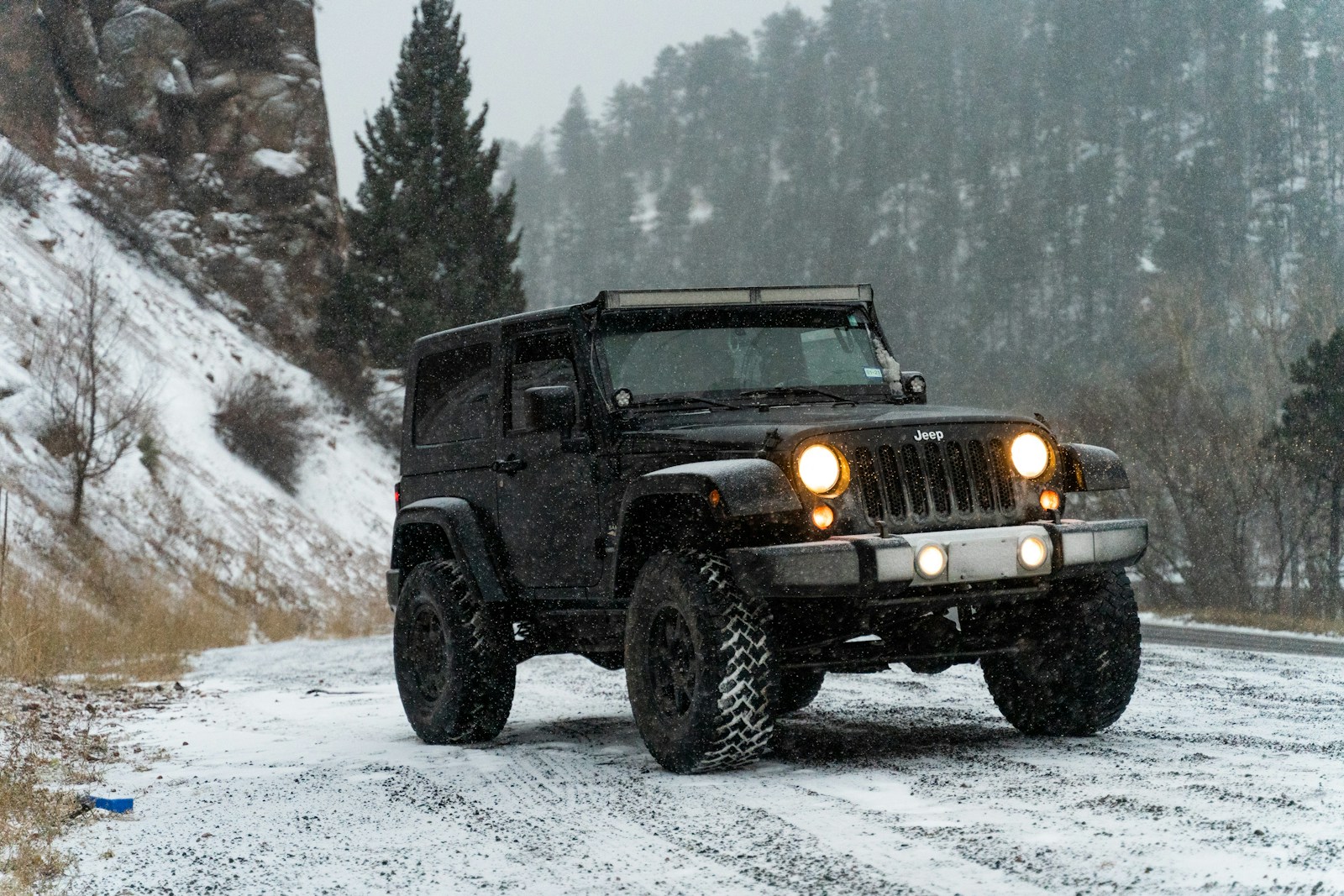If you’ve ever had to navigate snow-covered roads, you know traction matters. Whether you’re heading to work during a blizzard or planning a ski trip in the mountains, having the right drivetrain can make the difference between getting there safely—or not at all. But when it comes to AWD (All-Wheel Drive) vs 4WD (Four-Wheel Drive), which system is actually better for driving in snow?
Let’s break down the key differences, pros and cons of each system, and which one might suit your winter driving needs best.
🚗 What Is AWD?

All-Wheel Drive automatically sends power to all four wheels all the time or as needed. It’s typically found in crossovers and cars and is designed to improve traction without requiring driver input.
There are two types:
- Full-time AWD: Always delivers power to all wheels.
- Part-time or automatic AWD: Primarily powers the front wheels and sends power to the rear when slippage is detected.
🚙 What Is 4WD?

Four-Wheel Drive (also known as 4×4) is more commonly found in trucks and SUVs and is built for rugged terrain. It’s a manually activated system that sends equal power to all four wheels when engaged.
There are two types:
- Part-time 4WD: Requires the driver to manually switch from 2WD to 4WD.
- Full-time 4WD: Sends power to all four wheels continuously, with selectable modes for different conditions.
❄️ AWD vs 4WD in Snow: Key Differences
| Feature | AWD | 4WD |
|---|---|---|
| Power Distribution | Automatic, variable | Equal power to all wheels |
| Driver Input | None required | Usually needs manual switch |
| Terrain Handling | Ideal for light snow, ice, rain | Better for deep snow & off-road |
| Fuel Efficiency | More efficient | Typically lower |
| Common Use | Cars and crossovers | Trucks and off-road SUVs |
🌨️ AWD in Snow: Pros and Cons
✅ Pros:
- Always active: Responds instantly to slippage.
- Great for ice and light-to-moderate snow.
- No driver action needed: The system works in the background.
- More efficient than 4WD: Less wear and better gas mileage.
❌ Cons:
- Limited off-road capability.
- Doesn’t perform as well in deep snow or extreme conditions.
AWD is perfect for city dwellers or commuters who drive on plowed roads and face occasional snow and ice.
❄️ 4WD in Snow: Pros and Cons
✅ Pros:
- Superior in deep snow: Offers max traction on unplowed or rural roads.
- Ideal for snowy backroads, hills, or mountainous regions.
- More rugged vehicles: Often come with skid plates, higher ground clearance.
❌ Cons:
- Needs manual engagement: Can be forgotten in emergencies.
- Worse fuel economy due to drivetrain weight and complexity.
- Not meant for dry pavement in 4WD mode—can cause drivetrain binding.
4WD is your go-to for serious winter adventures, backcountry driving, or living in places where snow removal isn’t always reliable.
🔍 Real-World Scenarios: Which One Works Best?
🏙️ Urban/City Driving

AWD wins here. It’s hands-off and handles slush, ice, and light snow effortlessly. You won’t need to think about when to activate it—great for stop-and-go traffic or surprise snowfalls.
🏔️ Rural/Mountain Roads

4WD is the safer choice. If you’re heading into high elevations, have long unplowed driveways, or deal with whiteouts and drifts, 4WD gives you full control and max traction.
🚙 Occasional Winter Trips

AWD is sufficient if snow is rare in your area but you still want added peace of mind for ski trips or the occasional storm.
💬 Common Myths
- Myth: AWD or 4WD means I don’t need winter tires.
Fact: Tires are more important than the drivetrain. AWD/4WD help with acceleration, but not braking or cornering. Always invest in snow tires if you’re regularly in winter conditions. - Myth: AWD is just as good as 4WD in all situations.
Fact: AWD excels on-road. 4WD still beats it off-road or in deep, unplowed snow.
🔧 Maintenance Considerations
- AWD systems are usually sealed and require less maintenance, though repairs can be costly if something breaks.
- 4WD systems can be more rugged, but need regular servicing—especially for transfer cases and differentials.
Regardless of your system, proper maintenance is crucial for winter reliability.
🧠 FAQs
1. Do I need AWD or 4WD if I have snow tires?
Snow tires significantly improve performance in snow. However, AWD or 4WD combined with snow tires gives you the best grip, acceleration, and safety in all conditions.
2. Which is better for highway driving in snow?
AWD is generally better on highways. It adapts instantly to changing conditions without needing driver input, and it performs well at higher speeds with better fuel economy than 4WD.
3. Can I switch to 4WD while driving?
In most modern 4WD systems, you can switch between 2WD and 4WD high while driving under 55 mph. 4WD low should only be engaged when stationary or moving very slowly. Always consult your vehicle’s manual.
✅ Final Verdict: AWD or 4WD?
Here’s a quick summary to help you decide:
- Choose AWD if you want:
- Set-it-and-forget-it convenience
- Safer handling in rain, slush, or light snow
- A fuel-efficient system for mostly on-road driving
- Choose 4WD if you:
- Regularly drive through deep snow, rural roads, or off-road trails
- Need full driver control in tough winter conditions
- Own a truck or SUV built for utility
Ultimately, both AWD and 4WD are excellent tools—but they’re not the same tool. Pick based on your location, lifestyle, and driving habits, and you’ll be much more prepared when winter hits.
Let’s Talk Cars
Have a question? A suggestion? Just want to say hi?
You’re in the right place.
Use the form below to reach out to the AutoSpecs Daily team. We're happy to hear from readers, car lovers, first-time buyers, and anyone who's got something to share.
What can you contact us about?
- Feedback on one of our articles
- Ideas for new topics you'd like us to cover
- Questions about cars, gear, or general auto advice
- Media, partnership, or brand inquiries
- Anything else that's on your mind
We check every message that comes through and do our best to respond within 2 to 3 business days.
We don’t list an email address here to avoid spam, but the contact form is the best and fastest way to reach us.
Thanks for stopping by. We're glad you're here.

